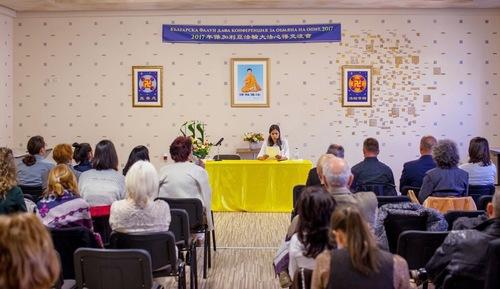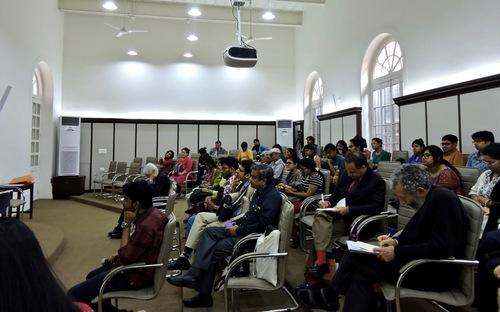The Hubble Space Telescope has broke a new record, peering 13.4 billion years into the past to observe an infant galaxy that may have formed just 400 million years after the Big Bang, according to hubblesite.org.
In a diagram of the universe that’s visible from above the earth’s sky, the galaxy, dubbed GN-z11, is above the Big Dipper.
“We’ve taken a major step back in time, beyond what we'd ever expected to be able to do with Hubble. We see GN-z11 at a time when the universe was only three percent of its current age,” Pascal Oesch of Yale University said in a statement.

The infant GN-z11 galaxy NASA/YouTube




